As one who grew on the Cordilleran mountains, we Igorots have our own mother and child essentials which is a necessity after giving birth.
A typical Igorot woman in the earlier times not only do household chores but helps her husband in the farm, too. She brings along her child or children with her if their elderlies aren't available or isn't around to look for them. Sometimes, she carries her older baby with her.

Most of Igorot garments are woven and designed according to the tribe they belong to. These garments include the "bakget" and "eban/uban". The Igorot does not have one tribe or ethnic group, thus, the spoken languages differ from one to the other. These terms vary but let's use them as it seems like the common term as to my knowledge.
What is "bakget?"
Bakget is a woven fabric which is designed to support the hips and abdomen. Usually, it measures 4 inches in width and about 60 to 70 inches in length. It is much thicker and firmer than any woven garments. It has strings at both ends which is used to tie it.

This bakget is wrapped around the waist twice. Pull the strings together before tying it. The tighter the better.
How was the bakget supposed to help?
Long ago, water pipes are not yet available, hence, the only source of water for the villagers was in the river where they fetch water for their daily use.
My maternal grandmother told the story of how they clean themselves after giving birth. After a woman gave birth, she wears her bakget and go downstream. There, she washes herself and her blood-soaked garments in the river.
They were strong back then when in fact you feel very weak after giving all your strength to deliver your baby. The bakget supports the body that's why the tighter it is the more you feel better. It helps in improving posture and mobility.
As for me who is using it, I feel like a jelly whenever I take it off. Just imagine your pelvic floor being set apart to give way for the baby during delivery. It needs to be bind together to help in getting it back to normal faster.
Do you believe me when I say it helps in preventing saggy belly? Yes, you should. The abdomen tends to sag after giving birth because the skin was streched out during pregnancy. Binding it with bakget is an effective way of preventing it. That's why it should be worn right after giving birth.
A woman who just gave birth is weak that's why someone should put it on for her.
However, it becomes itchy when wearing it. The skin tends to fold under the binder which cause itchiness. This makes other women to give up on wearing it.
Back to the earlier days, women carry heavy loads and do tedious work in the farm and this bakget is a great support for the back and abdomen. Ever wonder why those heavyweight lifters use binders? That is so they may be able to lift those heavy metals.
Today, there are lots of binders designed for post natal. But, I am still using the one which my mom gave me when I had my eldest. I can atest to it when it comes to faster recovery after childbirth.
Nevertheless, it can't be use with moms who had C-section because of the abdominal cut. Fortunately, there are binders that are designed for it. It can be worn both by normal delivery or those who had cut. Mostly, this comes with velcro to put it together. But when used over time, the velcro would loosen its grip you would need a belt to keep it in place.
Women are prone to back pain even after years of giving birth that's why this bakget or other binders or girdles can be worn to be able to perform physical works with less back pain.
How about the eban or uban?
Are you familiar with baby wearing? I hope so.

When we say baby wearing it pertains to carrying a baby with something. So, again this originates back to our forefathers times. It is not only us who have been using this method of carrying the baby, I am afraid.
This uban is also a woven indigenous piece of cloth which is wrapped around the mother and her child. Part of it goes above the shoulder and the other is under the armpit. It is then tied at the back.
This is use to carry a baby around and/or while doing some task. In short, it is a baby sling or carrier.
Rice back then were manually pounded with a mortar and pestle that's why small babies were wrapped around their mothers back while she's pounding rice.
However, the part where it was tied up gets painful when carrying a baby for a long time.
The use of uban had been passed from generation to generation until these days when there are lots of cloth to use. Mostly, those beautifully printed thin and single bedsheets are perfect for this.
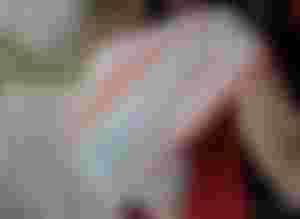
Nowadays, you can see different designs of baby carriers around while our traditional baby carrier is designed with an adjustable snap at the back. It is no longer tied that's why it is more comfortable. There is also a hole where you can put the baby's leg, it's optional though.
There is also what we call the hipseat carrier and many more if you browse the internet to look for it baby wearing stuffs. They can be bought online through shopping apps or on Facebook.
I must say that our traditional garments was never lost. We inherit it from our elders and over time pass it on to the next generation. We can modernize it but not the fact that it begun even on the ancient times...
11-25-21
Z_graeden
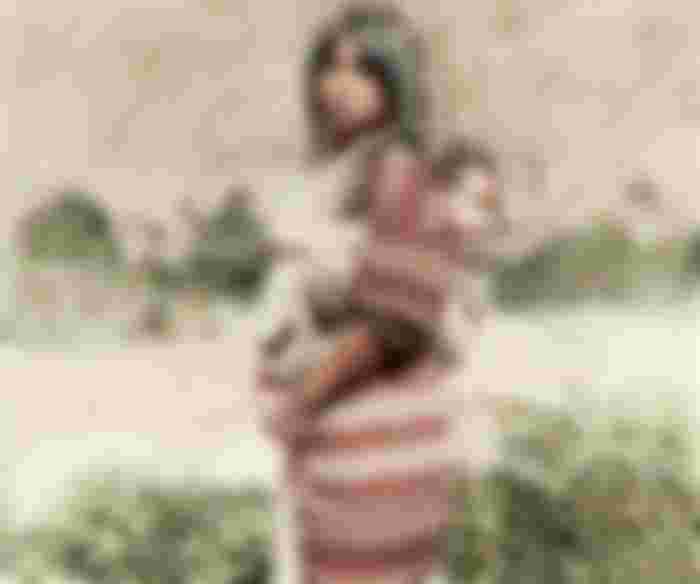
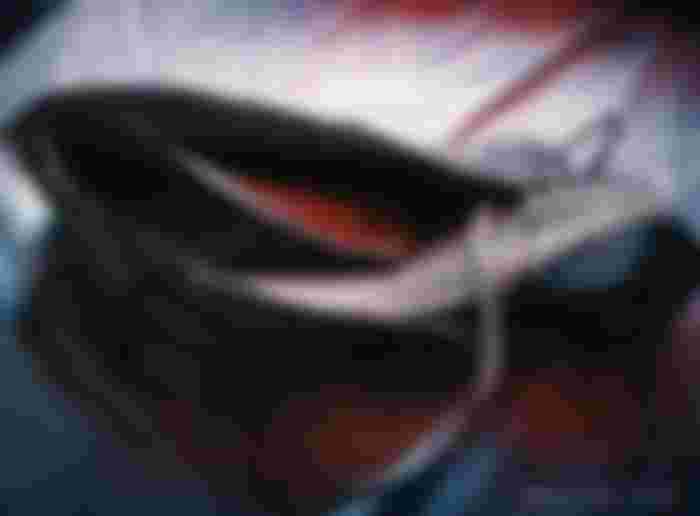
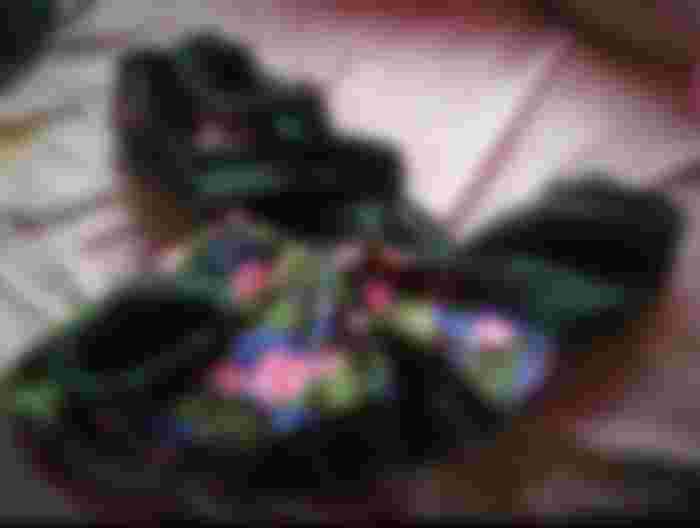
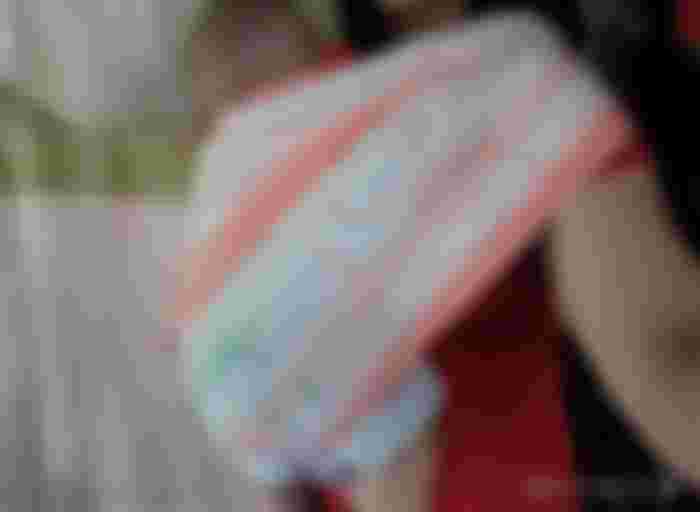
Grabe noh dapat talaga skilled ka sa pag gawa or else mahuhulog si baby..